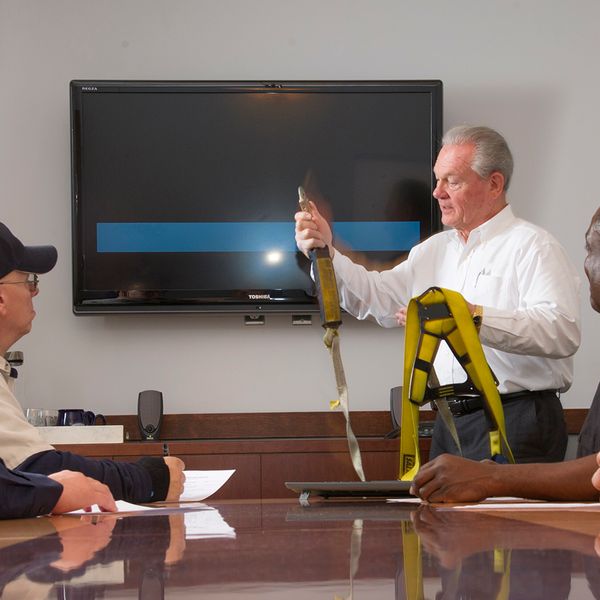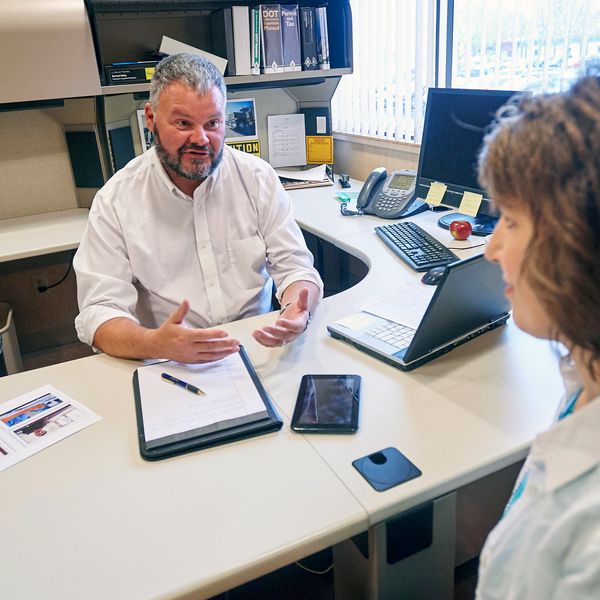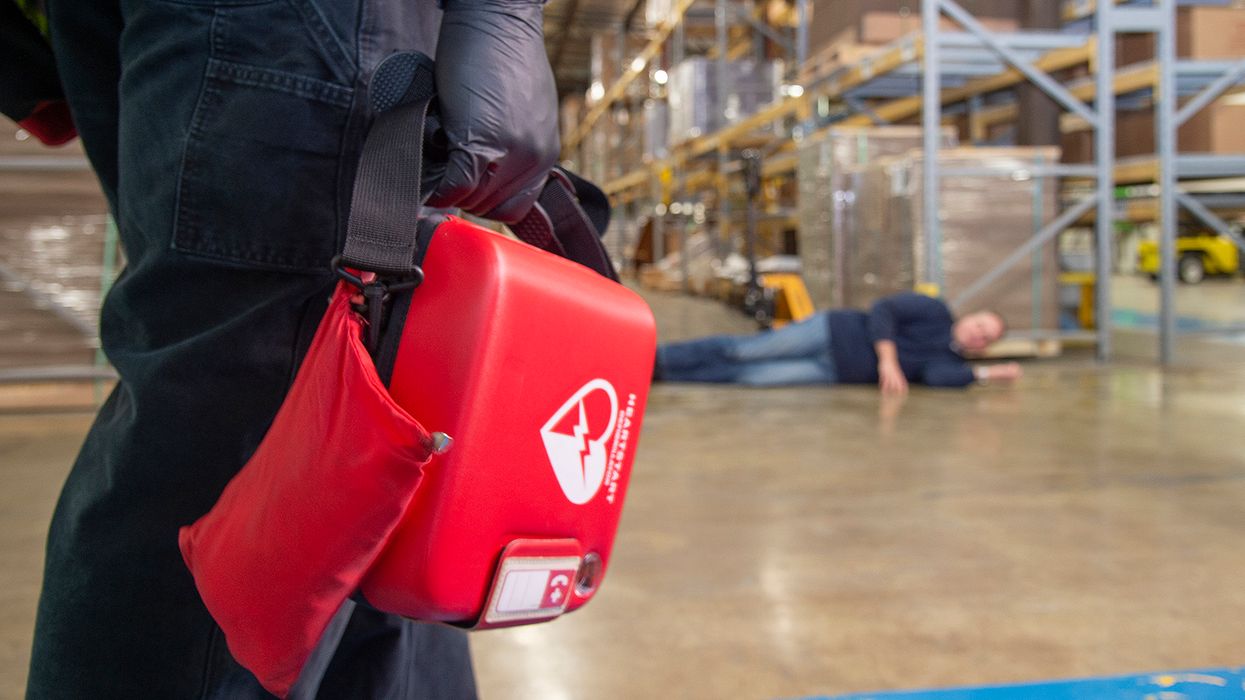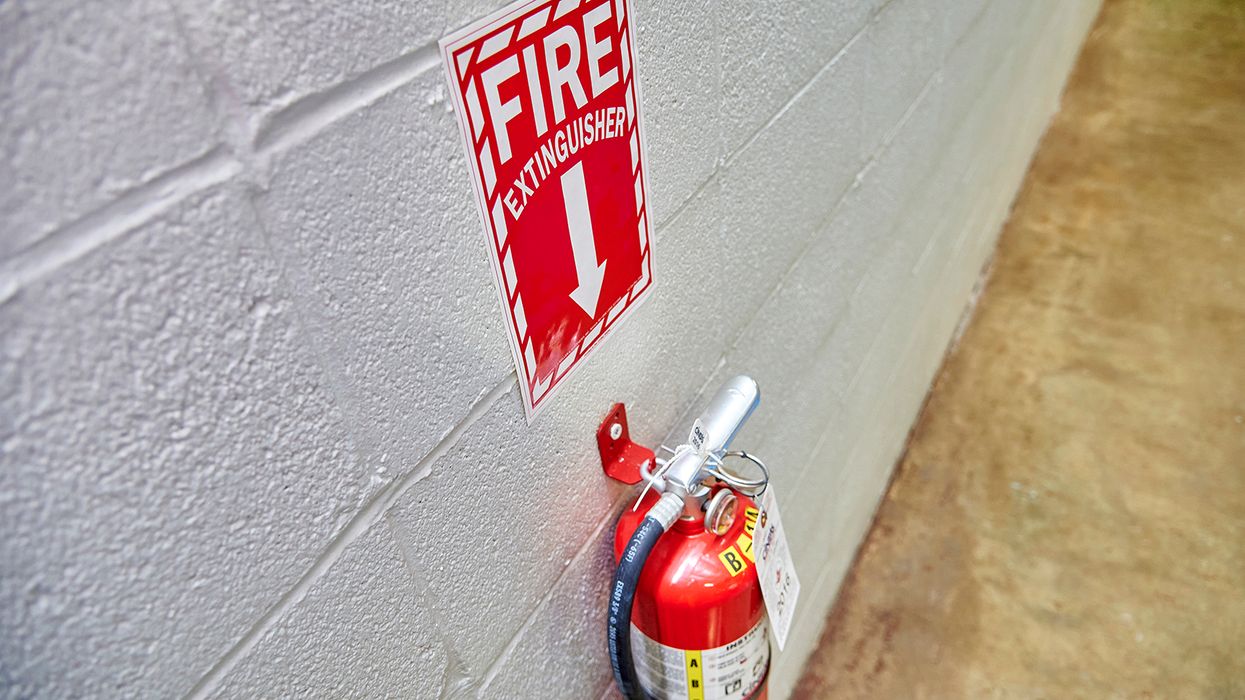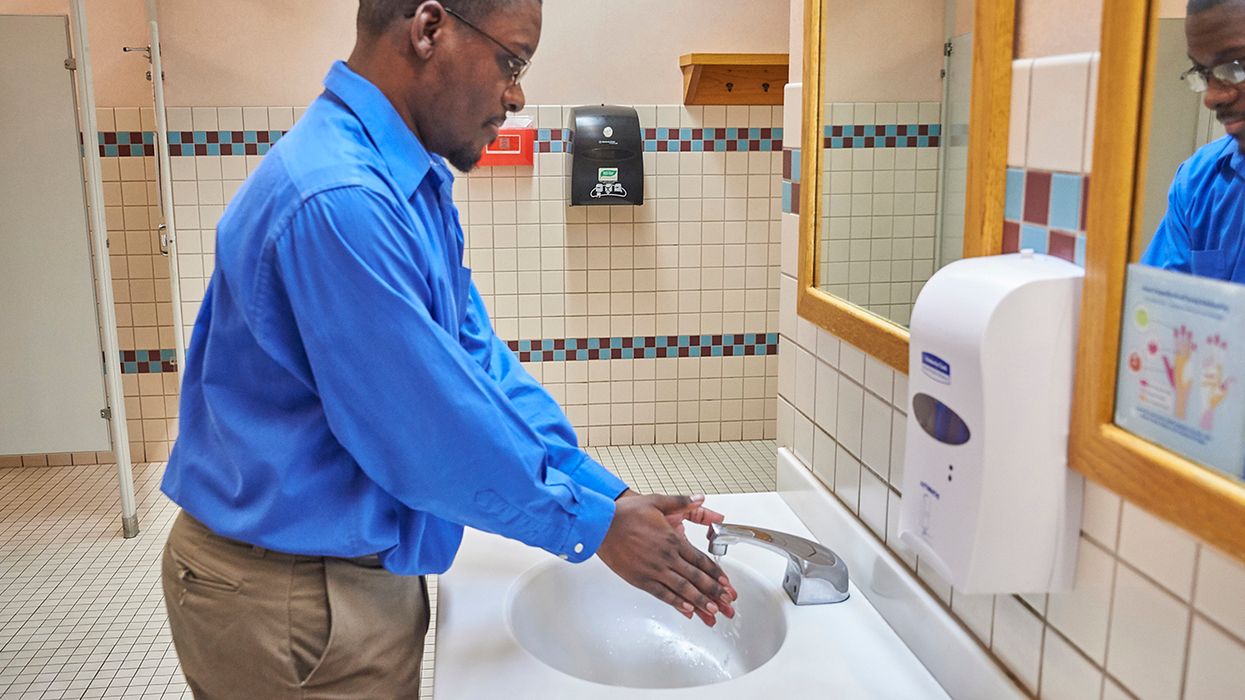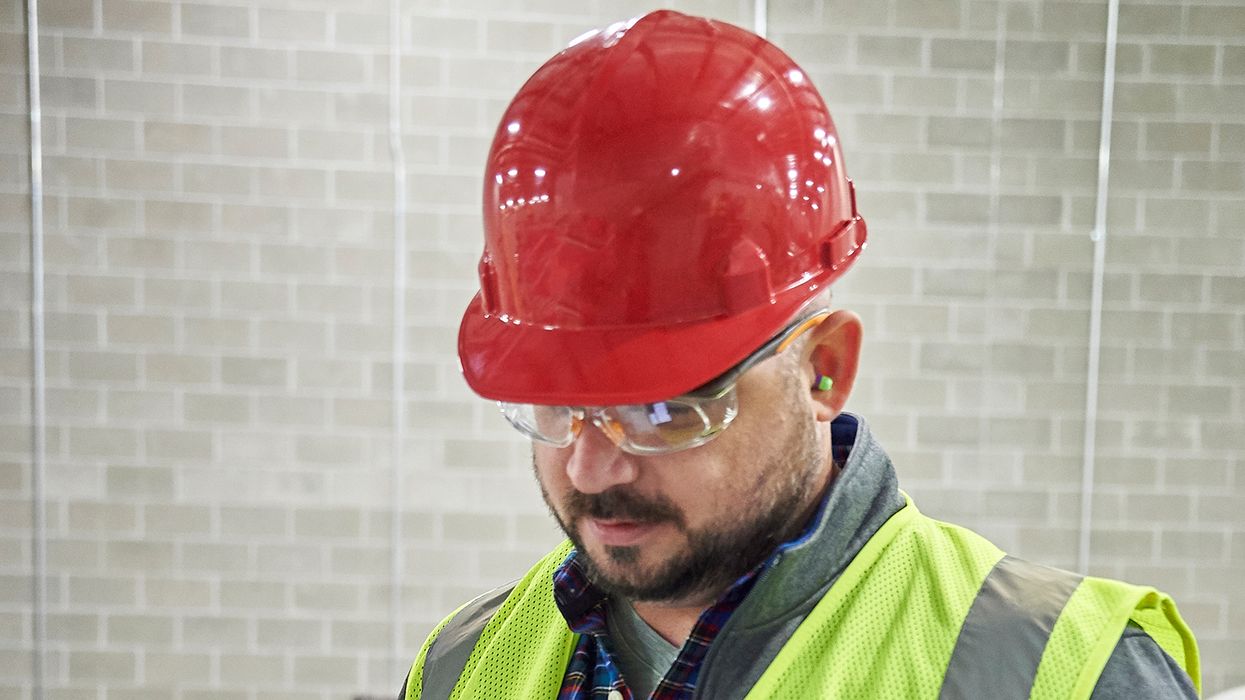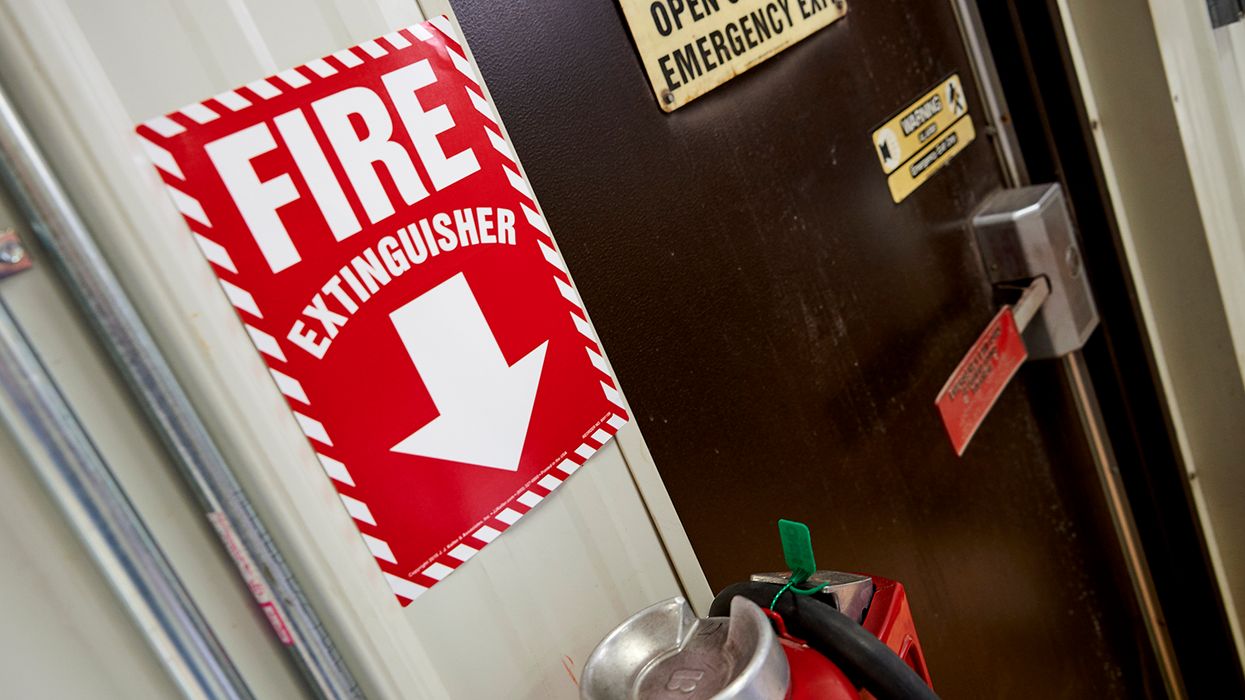Virtual conference participants share tips for successful safety initiatives
J. J. Keller & Associates, Inc. hosted an interactive virtual conference called “Proven Practices for Improving Safety Program Success.” The goal was to give participants a chance to share their experiences—what worked and what didn’t—when it came to safety initiatives.
The one-hour conference began with two of J. J. Keller’s safety experts, Mark Schedler and Tim Adam. They talked about strategies that had worked—and some that hadn’t—when their former employers tried to roll out major safety programs.
Topics covered:
1. Challenges of starting new safety programs or implementing safety initiatives,
2. Ways to overcome those challenges, and
3. The importance of managing change the right way.
Group discussions
After Mark and Tim spoke, participants were split into two smaller groups. Each group was asked to discuss these questions:
1. What were 2–3 key takeaways that helped a safety program or initiatives succeed—or caused implementation to fall short?
2. How did you earn the trust of others involved in a major safety program?
3. If you’re new to your role, what kind of safety culture did you inherit, and how will you improve it?
Top challenges:
• Some upper management leaders insisted on doing things their way or the old way, which slowed progress and hurt results.
• Rapid fleet growth made it harder to keep processes consistent, which hurt goal achievement.
• When the purpose of a safety initiative wasn’t clearly conveyed and trust was not built up front, people were suspicious and less cooperative.
Effective strategies:
- Build trust with everyone involved and follow change management best practices. Listen to drivers about the barriers to success and clarify the purpose of changes.
- Safety should always come before productivity.
- Use feedback to solve problems early and throughout the process.
- Be open about what is working, and what areas can be improved.
- Ensure leaders understand the benefits of the changes and the risks of not changing.
- Leaders who aren't visibly supportive undermine efforts.
- Enforce policies and procedures consistently across all locations.
- Uniform policies, to the extent possible, helps reduce potential legal issues.
Keys to remember: To implement successful change, safety professionals should focus on building trust, using feedback to fix problems, sharing results, and keeping policies and procedures consistent.






